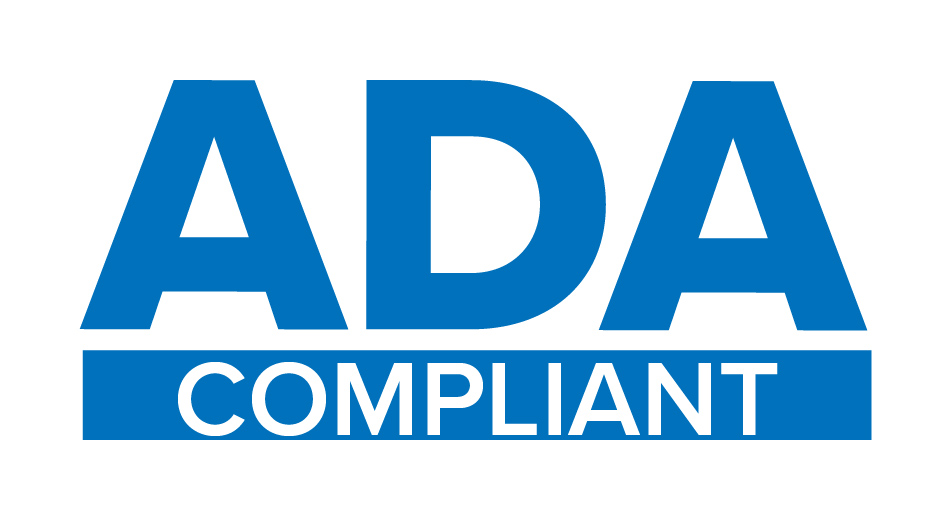News
Ouray district reviews opening plans
Ouray School District detailed schedule changes, mask requirements and other components of their opening plan at an online forum Tuesday, providing the clearest look yet at how school will be different when it resumes later this month.
The district will start with a “soft opening” for the first week of school. Elementary students will begin Monday, Aug. 31, and middle and high school students will join them Tuesday for in-person classes. All students will have remote learning assignme...

